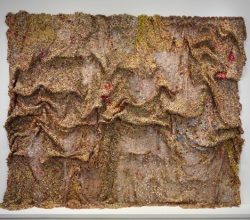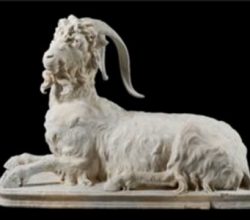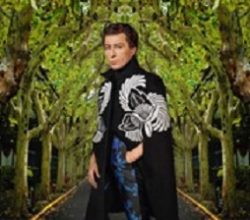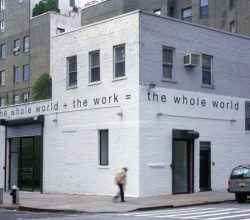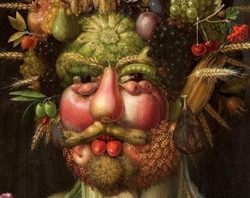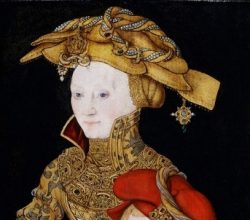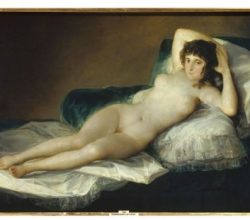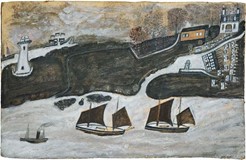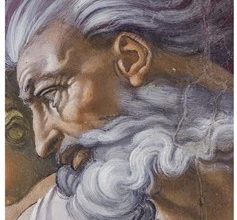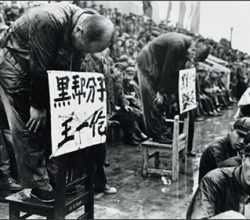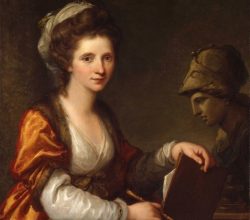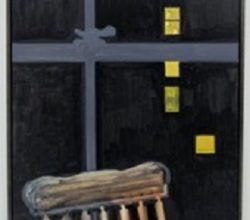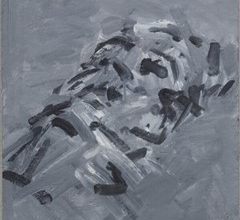
The Gloopy Glory of Frank Auerbach’s Portraits
Jason Farago | The New York Times | 21st January 2021
A ‘national treasure in Britain, Auerbach gets few shows in New York. Given one though, critics there are wowed. One ponders the show’s “almost heroic dimension”, a reflection of Auerbach’s “obsession with the painterly stroke”. This writer marvels at the intense, condensed Auerbach gaze: A portrait of the artist’s wife “appears to be just a dense knot of thick golden strokes. You looked at someone for a whole year and saw … this?”

